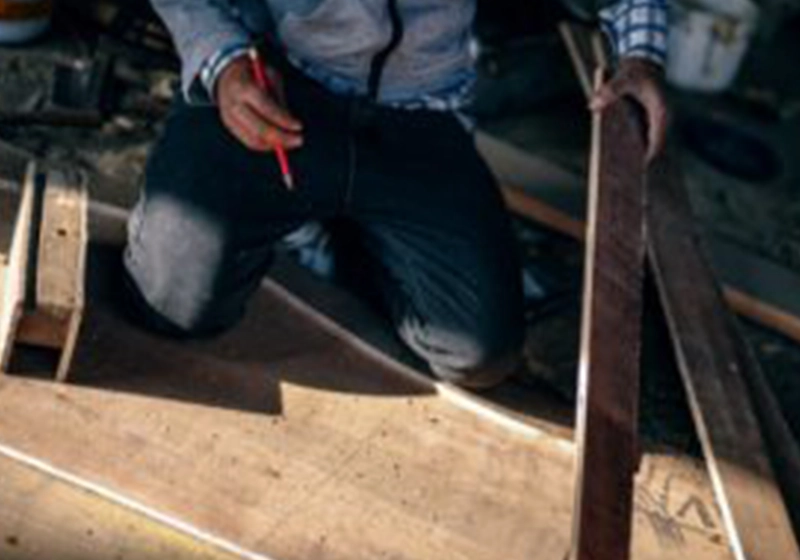There are going to be some significant changes in how VAT will be charged in the construction industry. If you haven’t already done it, you should make sure you understand how these changes may apply to you. To help you, we’ve put together an overview of what you need to know about tax in the construction, demolition, installation, decoration, engineering and scaffolding industry.
What are the construction VAT changes?
HMRC is introducing the domestic reverse charge, effective from 1st October 2019. This will change the way VAT is charged for certain construction services and will require a change of approach from those supplying and receiving certain goods subject to VAT.
The purpose of the change is to address the millions lost each year because of missing trader fraud. This is when businesses in the construction industry charge VAT to customers but this doesn’t get declared to HMRC.
How will the VAT domestic reverse charge work?
The new domestic reverse charge will apply to the supply of specified services charged at the standard and reduced rate of VAT. This will occur between VAT registered businesses where goods and services are for onward sale. While the supplier will issue an invoice that states the service is subject to the reverse charge, it will be the recipient who must account for the VAT in their VAT return. They will not pay the VAT to the supplier.
What services will be included in the domestic reverse charge?
The new VAT rules will apply to construction services, as defined in the Construction Industry Scheme (CIS), for example:
- Construction
- Demolition
- Repairs
- Alterations
- Installation of heating, lighting, water, air conditioning and drainage
- Painting and decorating
- Civil engineering works
- Scaffolding erectors
This scheme will not apply to:
- Zero rated supplies
- Services supplied to an end user
- Certain supplies between connected companies
- Certain supplies between landlord and tenant
- Architects, surveyors and other consultants
- Recipients that are not VAT registered
If your work is not covered by the changes, such as professional services of architects, the way VAT is invoiced will not change, but going forward it’s advisable to keep reviewing the VAT requirements throughout the project because if the services supplied change, so may the VAT position.
What actions should you take?
To ensure you’re ready for domestic reverse charge you may need to make some changes, so it’s worth reviewing these key areas:
- Ensure you fully understand the VAT changes
- Review your supply chain to identify the services included and suppliers who may be subject to the reverse charge
- Ensure your accounting software can adapt to the VAT requirements
- Review your invoicing process
- Consider how you will complete your VAT reporting from October
If you think you need further information to make sure you don’t get caught out by the VAT changes or find out how our specialist tax team can help you, contact Black and White Chartered Certified Accountants today, or call us on 0800 140 4644.



